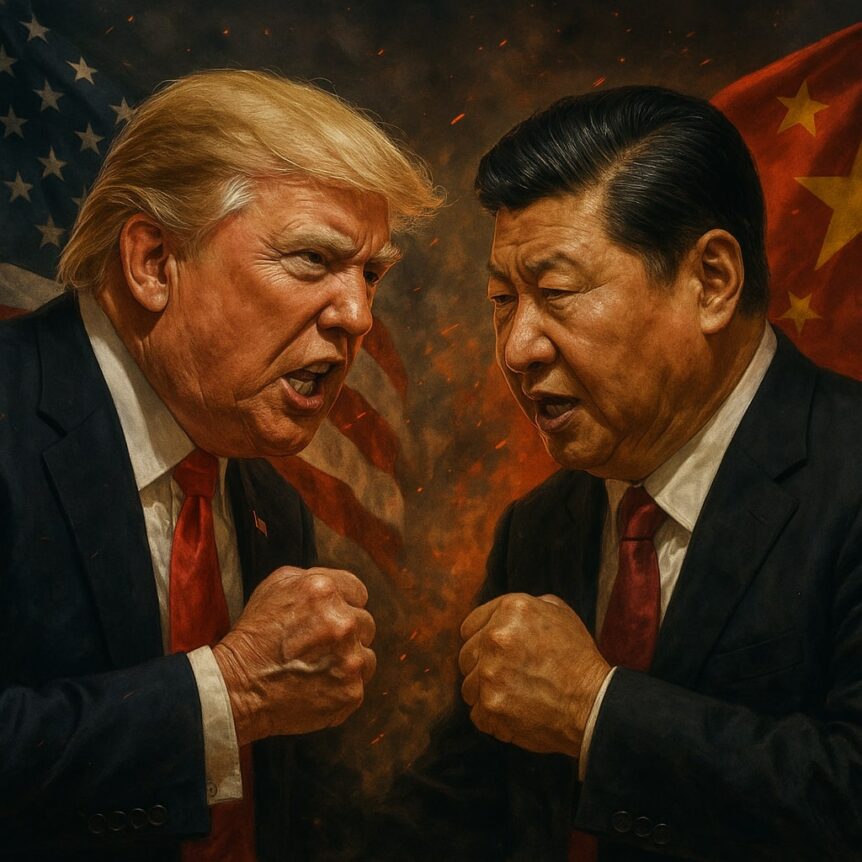In an increasingly global economy, U.S. tariffs on foreign goods — and the retaliatory tariffs that often follow — have become more than just political chess moves. They directly impact prices, supply chains, and ultimately, your wallet. Whether you’re an individual consumer, a business owner, or an investor, it’s crucial to adapt your financial planning strategies to navigate this volatile landscape.
Here’s how you can effectively plan your finances through the current tariff challenges:
1. Understand How Tariffs Affect You
Tariffs are essentially taxes on imports. When the U.S. imposes tariffs on goods from other countries, the cost of those goods typically increases. Businesses may pass those costs down to consumers or absorb them, affecting their profit margins. For everyday Americans, that could mean higher prices on everything from electronics and clothing to groceries and auto parts.
Tip: Stay informed. Follow trusted news sources and industry reports to understand how new or proposed tariffs might affect the products you use or the sectors you work in.
2. Review and Adjust Your Budget
When prices go up due to tariffs, your regular budget might not stretch as far. Take a close look at your monthly expenses and identify areas that are vulnerable to price hikes — like imported goods or services that rely heavily on global supply chains.
Action Step: Create a buffer in your budget for price volatility. Even an extra 5–10% in your monthly expense allowance can make a big difference.
3. Diversify Your Income and Investments
Economic instability due to trade policies can lead to market swings, affecting investments and job security. Diversifying your sources of income — such as through freelance work, side hustles, or passive income — can provide a cushion.
In your investment portfolio, consider diversifying across sectors and regions. Companies that rely heavily on imported goods might be hit harder than those with domestic supply chains.
Tip: Consult with a financial advisor to rebalance your portfolio with risk in mind, especially if you’re nearing retirement or have short-term financial goals.
4. Support and Source Locally
One proactive approach is shifting your spending to local goods and services. Not only can this insulate you somewhat from global price shifts, but it also strengthens your local economy.
Small Business Angle: If you’re a business owner, look into domestic suppliers to reduce your exposure to international price changes and logistical bottlenecks.
5. Prepare for Long-Term Inflation
Tariffs can contribute to inflation over time, which slowly erodes your purchasing power. Planning for inflation means saving more aggressively and investing in assets that historically outpace inflation, such as real estate or stocks.
6. Stay Agile and Revisit Plans Often
Tariff policies can change quickly with new administrations or global developments. What works today might need tweaking tomorrow. Effective financial planning means reviewing your goals and strategies at least quarterly — or whenever major policy shifts occur.
Final Thought:
Tariffs may be political tools, but their consequences are deeply personal. Whether it’s a hike in grocery bills or uncertainty in the stock market, the key to weathering tariff turbulence lies in proactive, informed financial planning. Stay flexible, diversify your risk, and most importantly, don’t leave your financial future up to chance.
Don’t let market uncertainty stall your retirement dreams. Let’s sit down, look at where you are, where you want to go, and how we can help you get there — securely and strategically.
📞 Call us today at
480-699-5275
📧 Or email us at info@wealthnest.com
🌐 Learn more at wealthnest.com
Your future deserves more than guesswork. It deserves a plan. Let’s build it together.

